Hammertoe

About
Hammer toes, claw toes, and mallet toes are common deformities affecting the smaller toes (second, third, fourth, or fifth toes). A hammer toe occurs when one or both joints of these toes bend abnormally, causing them to curl. This bending can lead to pressure and discomfort, especially when wearing shoes.
In the early stages, hammer toes are typically flexible and can often be managed with non-surgical methods. However, if untreated, they may become rigid and more severe, potentially overlapping other toes and limiting the effectiveness of conservative treatments.
Causes
Hammer toes are primarily caused by an imbalance in the muscles and tendons that control toe movement. This imbalance can result from:
- Certain foot types, such as flat feet or high arches.
- Ill-fitting footwear, including shoes that are too tight, narrow, or short.
- Toes being forced into cramped positions, especially if they are longer than the shoe can accommodate.
Other contributing factors include: - Pressure from bunions, which can push on adjacent toes.
- Genetic predisposition or hereditary foot structures.
Symptoms
Hammer toes may present with a variety of symptoms, including:
- Pain or irritation when wearing shoes.
- Corns or calluses, often forming where the toes rub against shoes or the footbed.
- Inflammation, burning sensations, or numbness in the affected area.
- Difficulty finding comfortable footwear.
- Toes bending upward or overlapping one another.
Diagnosis
A physical examination is usually sufficient to diagnose hammer toes. In some cases, imaging studies like X-rays may be used to evaluate the severity of the deformity and assess any underlying structural issues.
Treatment
The best approach is to prevent hammer toes by addressing risk factors early. Preventative measures include:
- Avoiding tight or narrow shoes and ensuring shoes leave enough space (about a thumb’s width) beyond the longest toe.
- Opting for footwear with a wide toe box and low heels.
Conservative treatment options for hammer toes include:
- Removing corns and calluses safely, typically performed by a podiatrist.
- Using custom-made orthotics to improve foot alignment and reduce pressure on the affected toes.
- Splinting the toes to alleviate deformity and improve alignment.
- Padding the foot to redistribute pressure, particularly from the ball of the foot.
- Footwear recommendations to reduce discomfort and prevent worsening of the condition.
If non-surgical methods are unsuccessful or the deformity becomes rigid and painful, surgical intervention may be required to correct the alignment and alleviate symptoms.
Do you want to know more about this procedure?
Learn how Hammertoe is performed, some of the risks, and other frequently asked questions.
Go to Procedure Details

































